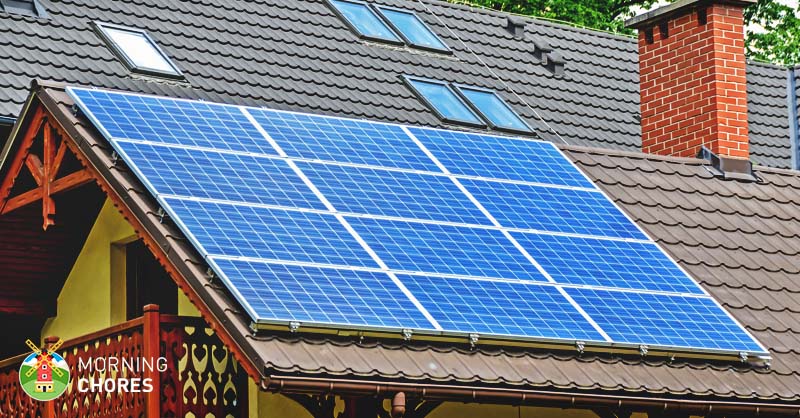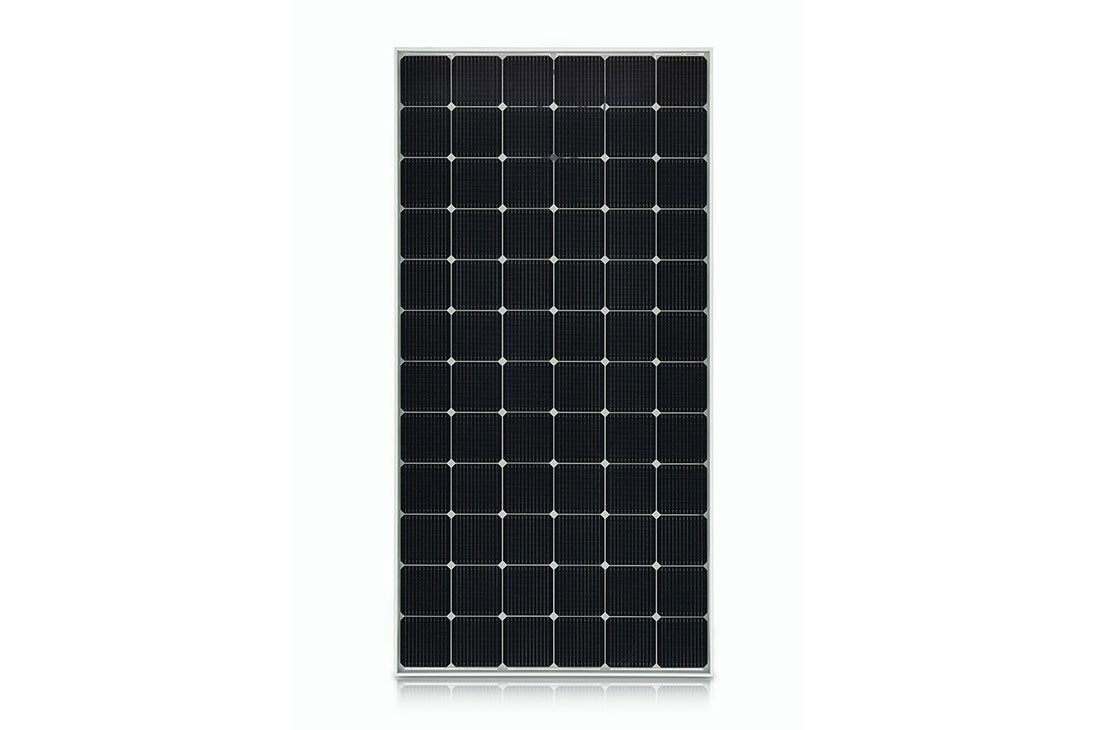All About Best Solar Panels
Wiki Article
Getting My Best Solar Panels To Work
Table of ContentsSome Known Facts About Best Solar Panels.Getting The Best Solar Panels To WorkRumored Buzz on Best Solar PanelsFascination About Best Solar PanelsThe 6-Second Trick For Best Solar Panels10 Simple Techniques For Best Solar Panels
Trick takeaways There are three various kinds of photovoltaic panels: monocrystalline, polycrystalline, and also slim movie (Best solar panels). Monocrystalline photovoltaic panels are very efficient and also have a sleek layout, yet come at a greater rate factor than other solar panels. Polycrystalline solar panels are less costly than monocrystalline panels, however, they are less effective as well as aren't as visually pleasing.
Because polycrystalline cells consist of multiple silicon cells, the electrons can not move as quickly and also because of this, decrease the performance of the panel. The lower efficiency of polycrystalline panels additionally implies they often tend to have a reduced power output than monocrystalline panels, typically ranging in between 240 watts and also 300 watts.
The smart Trick of Best Solar Panels That Nobody is Discussing


The temperature level coefficient tells you how a lot the power outcome will lower by for each 1 * C over 25 * C the panel gets. The basic temperature level coefficient for mono and polycrystalline panels commonly falls someplace between -0. 3% as well as -0. 5% per * C. Thin movie panels on the various other hand, are around -0.
In fact, with some thin movie panels, it's difficult to also see the individual cells within the panel. They also often tend to have less electrical wiring as well as busbars, indicating there's much less white space. Because they are so ineffective, you would require to cover your whole roof covering in thin movie panels - which might or may not be your design.
How Best Solar Panels can Save You Time, Stress, and Money.
However, the means monocrystalline solar cells are designed reasons there to be fairly a bit of white area on the panel. Some makers have functioned around this with black packing or shaping the cells in different ways, yet these visual adjustments can affect both the cost and performance of the panels. In general, monocrystalline panels still look sleek, but they're a little bit more pronounced than thin movie panels.
We do not advise thin film photovoltaic panels for domestic installations - their efficiency as well as sturdiness don't make the official source affordable worth it, as well as it's unlikely you'll have virtually sufficient area to set up the number of thin movie panels you would need to cover your household electrical power use. Factors to think about besides photovoltaic panel kind There are two things we here at Solar, Reviews assume are more vital than solar PV cell kind when choosing panels for your house: the brand name of photovoltaic panels and also finding the ideal solar installer (Best solar panels).
A solar panel system will be on your roof covering for at least 25 years, so you require an installer you can rely on for two-plus decades!
Fascination About Best Solar Panels
Because they are made from pure silicon, they can be readily determined by their dark black shade. Using pure silicon additionally makes monocrystalline panels one of the most space-efficient and also longest-lasting amongst all 3 photovoltaic panel kinds. Nonetheless, this comes with a cost a great deal of silicon is lost to create one monocrystalline cell, often reaching over 50%.Polycrystalline solar panels As the name suggests, these come from various silicon crystals instead of one. This additionally makes them much less effective in terms of energy conversion as well as room, since their silicon purity and also building and construction are reduced than monocrystalline panels.
Each panel does not need a frame backing, making them lighter and easier to set up. Unlike crystalline silicon panels that are available in standardized sizes of 60, 72, as well as 96-cell counts, thin-film panels can can be found in various dimensions to suit certain needs. They are less efficient than typical silicon solar panels.
The Main Principles Of Best Solar Panels
Unlike mono-and polycrystalline solar batteries, the silicon is not structured on the molecular degree. Generally, an a-Si cell requires just a portion of the silicon needed to produce regular silicon cells. This permits them to have the official website most affordable manufacturing cost, at the cost of efficiency. This is why a-Si panels are fit for applications that require extremely little power, such as pocket calculators.The combination of these aspects results in the highest possible performance among thin-panel kinds, though still not as reliable as crystalline silicon panels. Monocrystalline panels have an effectiveness score over 20%.
$0. 32-$0. 65 $1 $1. 50 $0. 70 $1 $0. 60 $0. 70 $0. 50 $0. Best solar panels. 60 $0. 43 $0. 50 Note that these numbers don't include the expense of installment and labor. With labor as well as other above aspects, the total amount can rise to $2. 50 to $3. 50 per watt.
Best Solar Panels for Dummies
click to read more Monocrystalline and also polycrystalline panels have a temperature coefficient in between -0. 5%/ C, while thin-film panels are closer to -0.Report this wiki page